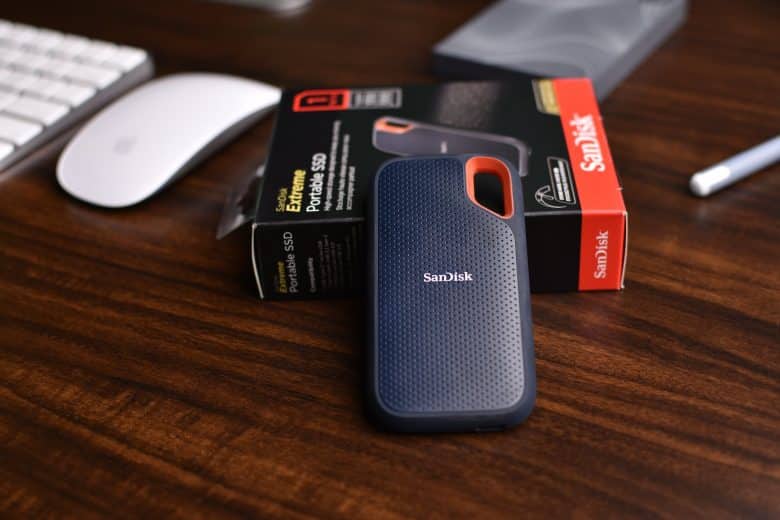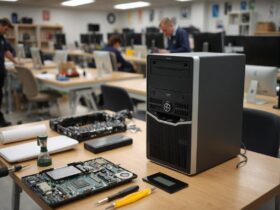If you’re like most technology users, the most valuable thing on your devices is your data: passwords, contacts, essential and confidential business documents, images, and so on. While prevention in the form of regular backups is best, you may still need data recovery experts to retrieve information from a failing SSD.
But choose your recovery service wisely!
1. Know What to Look for in a Data Recovery Business
You don’t want to spend a fortune if you must recover your information quickly from an SSD. However, the recovery of solid-state drive data is far more technical than retrieving it from a traditional mechanical hard drive (HDD). SSDs are considerably more sophisticated, and computer shops that lack experience with them can overwrite your data with the onboard recovery software – permanently erasing it.
When evaluating data recovery services, choose an experienced, reputable company with a cleanroom and an array of equipment and software for different information storage and loss scenarios. Beware outfits advertising a perfect success rate: the reality of digital information storage is that damage is sometimes so severe that recovery is impossible.
A reputable business will give you a “firm” quote based on the assessed difficulty of retrieving your data and won’t charge if they cannot recover any of it.
2. Learn the Characteristics of Solid-State Drives That Make Data Recovery Difficult
In contrast to HDDs, which are vulnerable to mechanical failure, SSDs are physically more robust. Instead of a spinning platter, they store information in semiconductor memory, typically using flash memory chips but sometimes with battery-backed RAM.
The inside of an SSD is a complex of chips protected by epoxy-like coatings that protect them but hinder access. Each SSD manufacturer uses distinctive connectors that require the appropriate sockets. They also install proprietary encryption and data management firmware.
As a result, “one size fits all” recovery software is inappropriate – the solution must fit the system’s distinctive characteristics.
Accessing onboard SSD drives in modern laptops is also challenging due to the thin form factor of such devices, the inaccessibility of the casing screws, and the trend for solid-state drives to be soldered to other components.
3. Watch for Warning Signs of Impending SSD Failure
Due to storing data as electrical charges, the memory cells in SSDs gradually leak electrons, resulting in bad blocks. They are also vulnerable to power outages and surges.
Initially, an SSD has some redundancy and remaps data to spare blocks, but once these are used up, you will begin seeing bad block messages or warnings to repair the file system.
Your device may start crashing when booting up, or the SSD may become read-only. While many solid-state drives experience slow failure, they have specific characteristics that make sudden, catastrophic failure more common than in HDDs.
The controller firmware, encryption, and flash translation layer (FTL) used to level wear across the disk are stored in the system area (drive metadata). Metadata, or data about data, is crucial to operating everything else on the drive. Ironically, this area cannot be remapped, so wear leveling cannot be applied.
The result is ongoing writing and rewriting of the same physical cells in the system area, which then wears out long before the rest of the SSD.
No matter how healthy the rest of the drive is, if the metadata is corrupted, you can’t access your data. The entire drive will appear empty, unformatted, or inaccessible.
Key Takeaways
Solid-state drives can fail, sometimes without warning. Prevention is best, so always back up your data.
Should you lose vital data, engage the services of experienced recovery experts for the best chance at averting digital disaster.














Leave a Reply